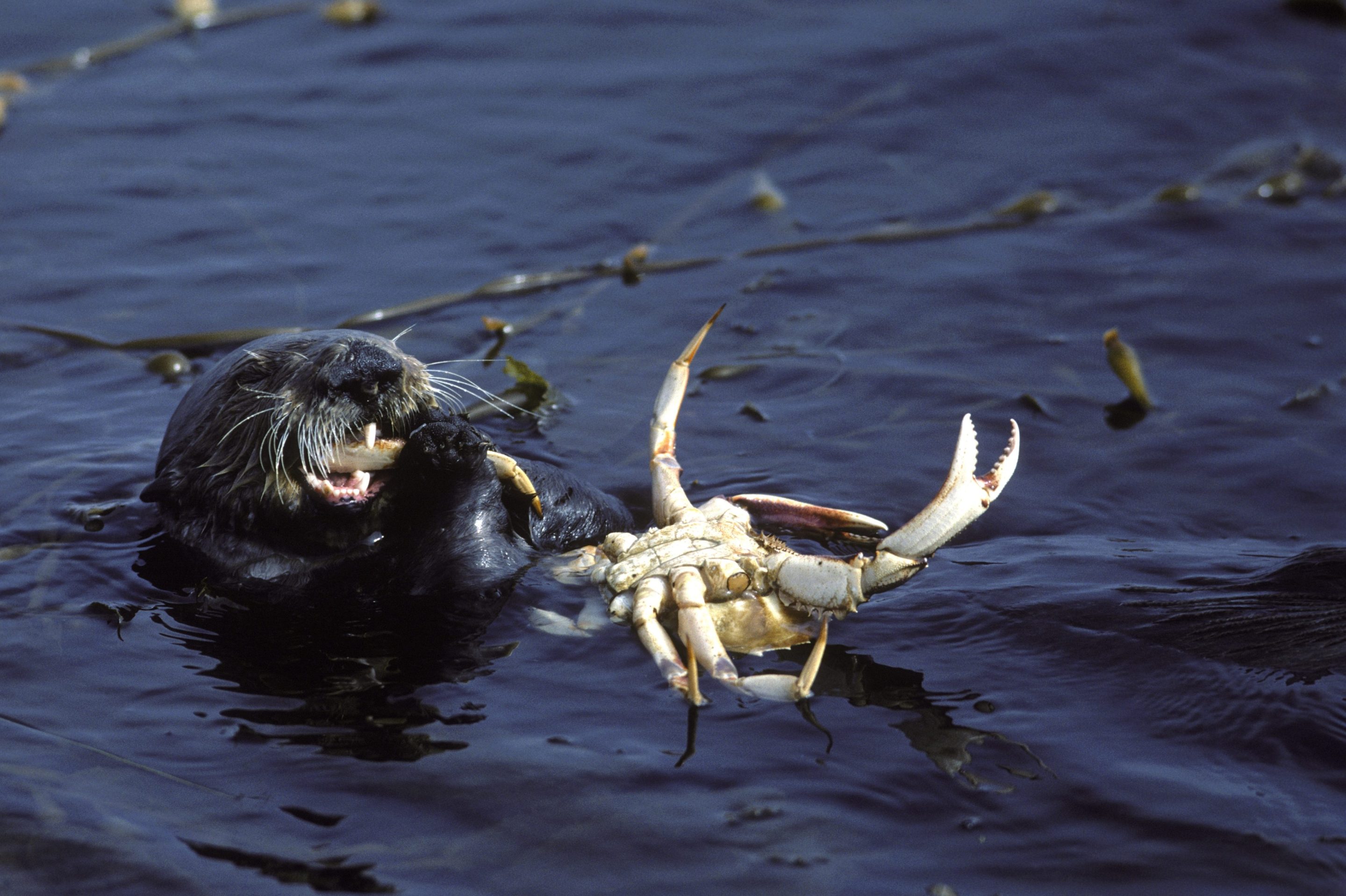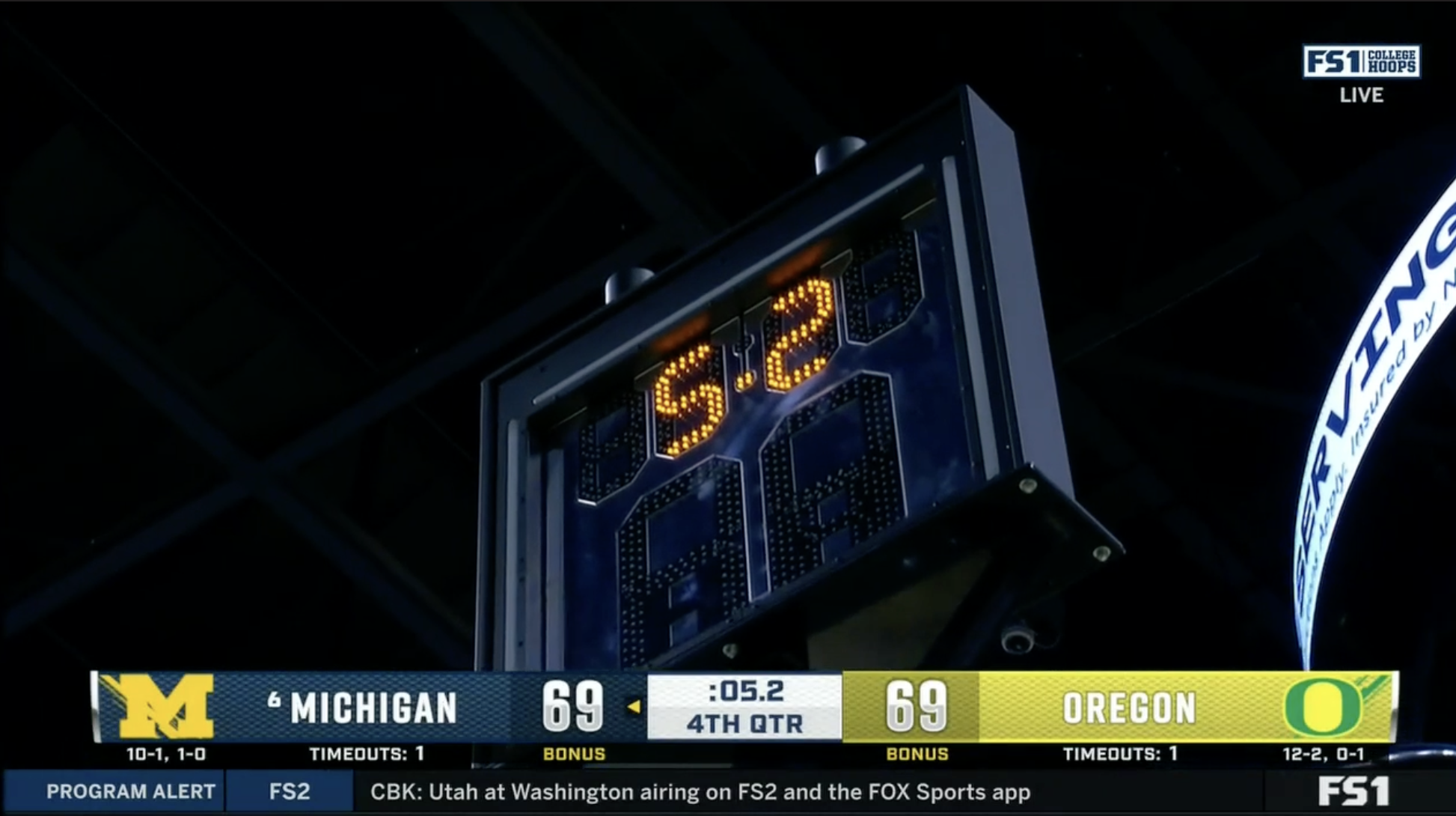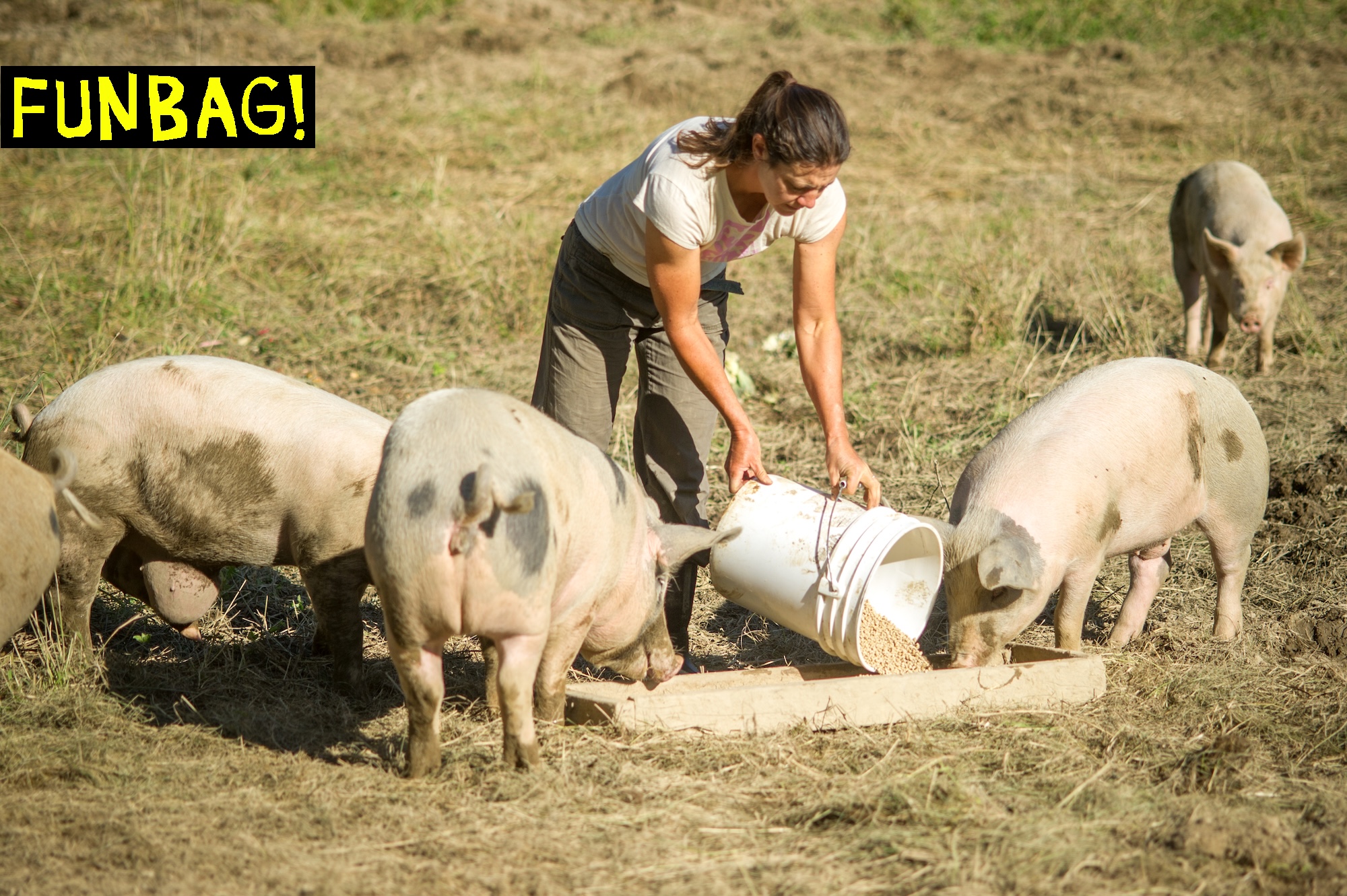Centuries ago, before fur traders nearly annihilated the wild sea otters of California, the Elkhorn Slough in Monterey Bay was a playground for sea otters. The mammals raised their young in the shallow, protected waters and foraged for the many smaller creatures that made their home in the marsh. The otters feasted on shore crabs, which feasted on the plethora of pickleweed sprouting up on the edges of the creeks. But when the sea otters vanished, the estuary lost a top predator.
So the crabs took over, multiplying with the particular kind of freedom that comes when no one is around anymore to eat you or your offspring, and for decades they had an essentially uninterrupted pickleweed party, chomping on the plant's roots and digging burrows in the banks. Without an entanglement of roots to hold the dirt in place, the banks of the salt marsh began crumbling. The eroding soil rendered the marsh unstable and less resilient in the face of rising sea levels and higher water flow due to nearby development. The crabs may have been blessed, but the wetland was extremely stressed.
The tides began to change in the mid-1980s, when a handful of sea otters came back to Elkhorn. In the early 2000s, the population had grown to several dozen, and by the late aughts there were more than 100 sea otters munching on the snails, crabs, and other shellfish in the estuary. Their return was a feel-good story for the species itself and its legions of human fans, myself included. It was obvious that this profusion of predators was once again keeping the crabs in check and putting an end to the unlimited pickleweed buffet. But that's not all.
A new paper in Nature finds that the sea otters' return did not just ripple out to the other creatures in the area, but also the very surface of the Earth. By cracking down on the local crabs, the sea otters littorally (sic!) changed the landscape of the estuary, stopping erosion and restoring the banks of Elkhorn Slough.
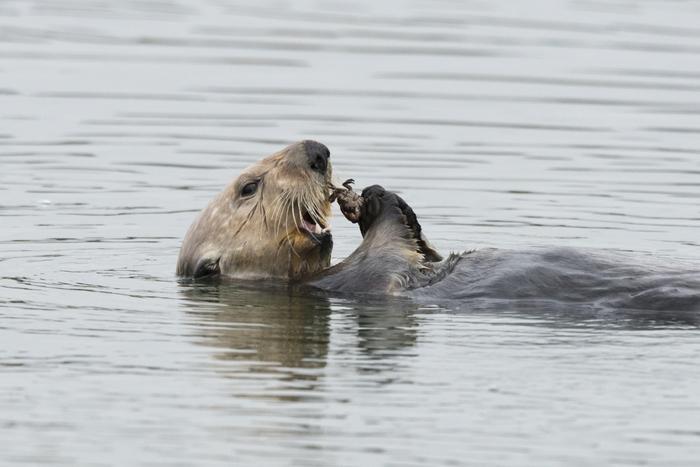
The researchers studied the marsh for nearly a decade. They compared the historical rates of erosion in the slough to the numbers of sea otters in the area and found Elkhorn's creeks eroded the most in the early 2000s, a time when sea otters declined in the region after a series of fierce El Niño storms. But from 2005 to 2018, the sea otter population boomed and the rates of erosion in the marsh decreased. The researchers also conducted a few experiments in tidal creeks in the slough, placing a cage over a swath of marsh to ensure the otters could not eat the burrowing crabs in that section of marsh. When they checked on the caged areas and compared them to nearby creeks where the otters could hunt crabs freely, they found that pickleweed and other plants grew more densely in areas with otters. The more crabs the otters ate, the fewer crabs remained to eat the roots and burrow through the soil, which effectively hollows out the banks. Instead, the verdant, weedy banks could regrow their dense root systems that help to keep the shore from collapsing during storms and flooding.
Like many other top predators, sea otters are a keystone species, meaning just a few individuals have an outsized impact on their ecosystem. The otters also enjoy eating sea urchins, which can raze kelp forests if allowed to reproduce unchecked. But remodeling a coastline is "usually something only large-scale physical forces, like hurricanes or extreme tidal flow changes, can do,” Brian Silliman, the director of the Wetland and Coasts Center at Duke University and an author on the paper, said in a press release. The sea otter's enormously consequential effects on the landscape overturns this idea, proving that animals have the power to reshape a coastline.
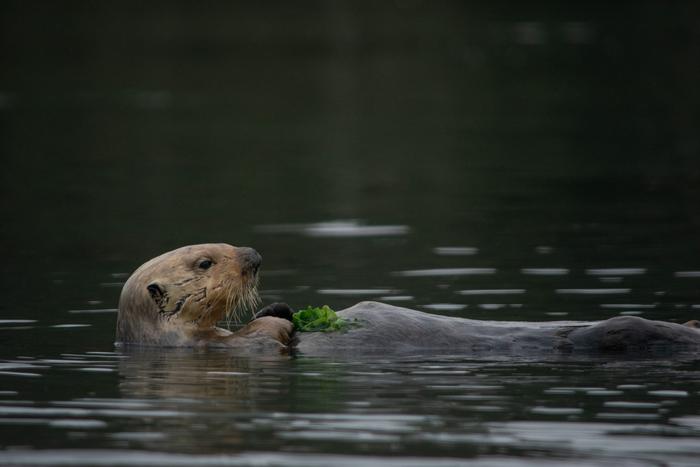
Large predators are imperiled across the planet as people have fragmented their landscape and hunted them or driven them out. But ecosystems evolved alongside their top predators, and scientists are still beginning to understand the rippling effects of these losses, as well as the former ranges of these predators. Salt marshes in particular are home to many predators and large animals—the obvious ones like sea otters, seals and crocodiles but also more surprising ones like sharks, manatees, hippos, lions, bears, and water buffalo, according to a 2020 paper in Frontiers in Marine Science. As researchers work to restore wetlands around the world, the restoration of top predators could play a crucial role, according to the authors of the Nature paper.
This paper left me with many beautiful images. The first was a crab-riddled marsh having a perpetual pickleweed party—what an era to be a crab! The second was the first few sea otters entering Elkhorn Slough, waters in which their kind had been killed or otherwise extirpated centuries ago, and seeing the pickleweed party. Had a sea otter ever seen so many crabs? What was it like to crack crab after crab after crab after crab? Sounds like heaven! I wish that every time I ate a crab, I was conserving a wetland. But until that is the case, I salute these sea otters for keeping the Elkhorn Slough resilient against all that is to come.
